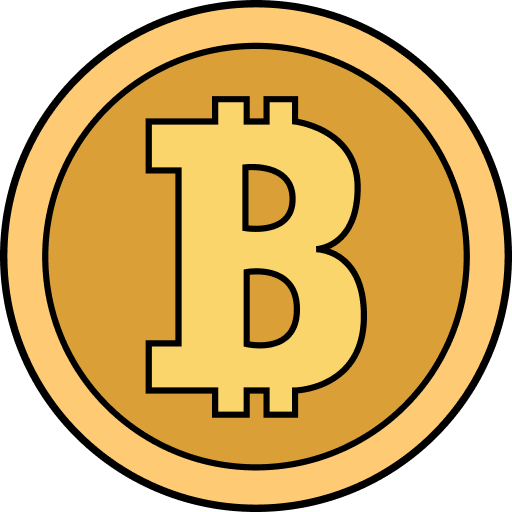Block 9: A Milestone in Bitcoin’s Early Blockchain
Block 9 stands as the ninth block following Bitcoin‘s genesis block, marking a significant milestone in the cryptocurrency’s nascent blockchain. Mined by the enigmatic creator, Satoshi Nakamoto, on January 11, 2009, Block 9 holds the distinction of being the oldest block with a spent coinbase, underscoring its pivotal role in the early transactions that shaped Bitcoin’s trajectory.
Technical Structure and Impact on the Network
The Bitcoin blockchain is meticulously structured, with each block containing a header and a list of transactions. The block header comprises crucial metadata, including the previous block’s hash, a timestamp, a nonce, and the Merkle root, which ensures the integrity of the transaction data. Block 9 adhered to this architecture, reinforcing the blockchain’s foundational security and transparency. By successfully mining Block 9, Satoshi demonstrated the effectiveness of the Proof-of-Work (PoW) consensus mechanism, which remains a cornerstone of Bitcoin’s security model. This early validation of PoW was instrumental in establishing the network’s resilience against potential attacks and ensuring the seamless addition of subsequent blocks.
Historical Significance and Early Transactions
In the historical context, Block 9 is monumental for several reasons. It marks the first instance where bitcoins from the coinbase transaction were spent, transitioning Bitcoin from a purely mining-focused activity to a functional digital currency used for transactions. This block facilitated the first transfer of bitcoins between two users, a groundbreaking event that showcased Bitcoin’s potential as a decentralized medium of exchange. Satoshi Nakamoto’s active participation in mining and transacting within these early blocks highlighted his commitment to developing a robust and user-driven financial system, laying the groundwork for Bitcoin’s future adoption and expansion.
Data Analysis and Block Metadata
Analyzing the data within Block 9 reveals a series of significant transactions that contributed to the blockchain’s growth. The block’s hash, a unique identifier generated through the PoW process, secured its place in the blockchain and linked it to the preceding blocks, ensuring the continuity and immutability of the ledger. The nonce, a value adjusted by miners to solve the cryptographic puzzle, reflects the computational effort invested in mining the block. Additionally, the timestamp provides a temporal context, aligning Block 9’s creation with the early stages of Bitcoin’s development. These metadata elements not only validate the block’s authenticity but also offer insights into the operational dynamics of the early Bitcoin network.
Influence on the Cryptocurrency Community
Block 9’s early transactions and its status as the first spent coinbase block significantly bolstered the credibility and trust in Bitcoin within the burgeoning cryptocurrency community. By enabling actual transfers of value, Block 9 demonstrated Bitcoin’s practicality and potential as a decentralized financial system, encouraging further participation and investment. This early proof of concept was crucial in attracting developers, miners, and users, fostering a vibrant ecosystem that has since evolved into the expansive and dynamic cryptocurrency landscape we observe today. The trust established through these foundational blocks continues to underpin Bitcoin’s enduring legacy and its role as a pioneer in the blockchain revolution.
Conclusion
In summary, Block 9 is more than just the ninth block in Bitcoin’s blockchain; it is a cornerstone of the cryptocurrency’s history and development. Through its technical integrity, historical significance, detailed transactional data, and profound impact on the crypto community, Block 9 exemplifies the early promise and resilience of Bitcoin. As the blockchain continues to grow and evolve, the legacy of Block 9 remains a testament to the innovative spirit and foundational principles that continue to drive the world of digital currencies forward.












 Twitter
Twitter
 Telegram
Telegram
